Why is it called inert alumina ceramic ball
1、 Chemical property of 'inertness'
High stability: Inert alumina ceramic balls exhibit extremely high chemical stability. It can maintain its chemical properties unchanged in various chemical reaction environments, including the presence of acids, bases, and other organic solvents. Both strong acids such as hydrochloric acid and sulfuric acid, as well as strong bases such as sodium hydroxide, are difficult to react chemically with inert alumina ceramic balls. This chemical stability enables it to reliably function in industrial processes involving corrosive media, without affecting the normal progress of the process or producing adverse by-products due to its participation in chemical reactions.
Not reacting with catalysts: In many chemical reactions, catalysts are often needed to accelerate reaction rates or improve reaction selectivity. Inert alumina ceramic balls, when used as supporting materials or fillers for catalysts, do not undergo chemical reactions with the catalyst, ensuring that the catalyst can stably exert its catalytic effect. It does not affect the activity, selectivity, and lifespan of the catalyst, providing a stable environment for efficient chemical reactions.
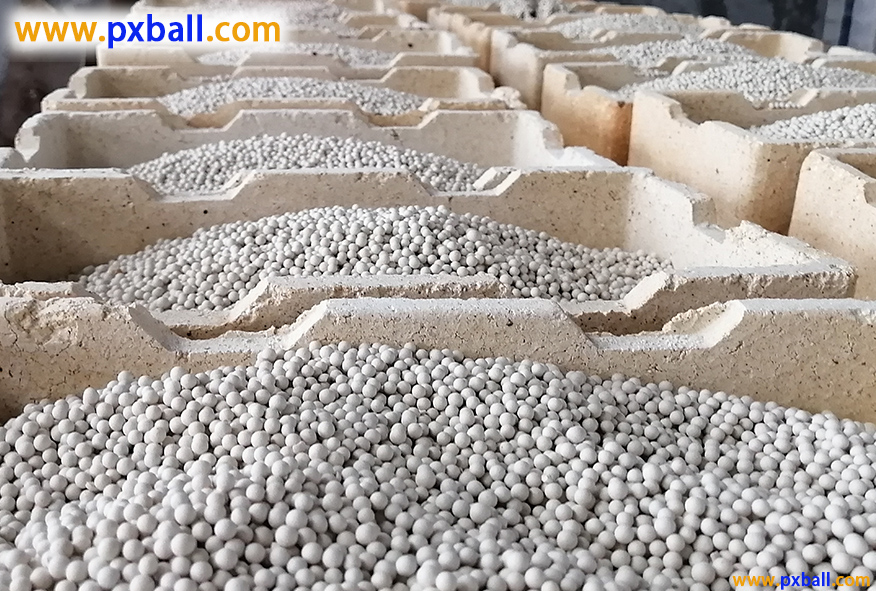
2、 Characteristics of alumina material
Main components: Inert alumina ceramic balls are mainly composed of alumina, usually containing a high proportion of alumina. For example, the alumina content in high alumina ceramic balls can reach a high level. Aluminum oxide itself has many excellent physical and chemical properties, such as high hardness, high melting point, good wear resistance, and corrosion resistance. These characteristics make ceramic balls mainly composed of alumina have excellent performance in various industrial applications.
Structural stability: The presence of alumina in ceramic balls gives them a stable structure. After high-temperature sintering and other processing techniques, alumina forms a strong crystal structure, endowing ceramic balls with high strength and stability. This stable structure enables the ceramic ball to be used for a long time in harsh industrial environments without being easily damaged, further reflecting its "inertia" characteristics.
In summary, inert alumina ceramic balls have been given this name due to their high chemical stability and excellent performance brought about by alumina as the main component. It plays an important role as a supporting material and filler for catalysts in industrial production, providing reliable guarantees for various chemical reactions and processes.
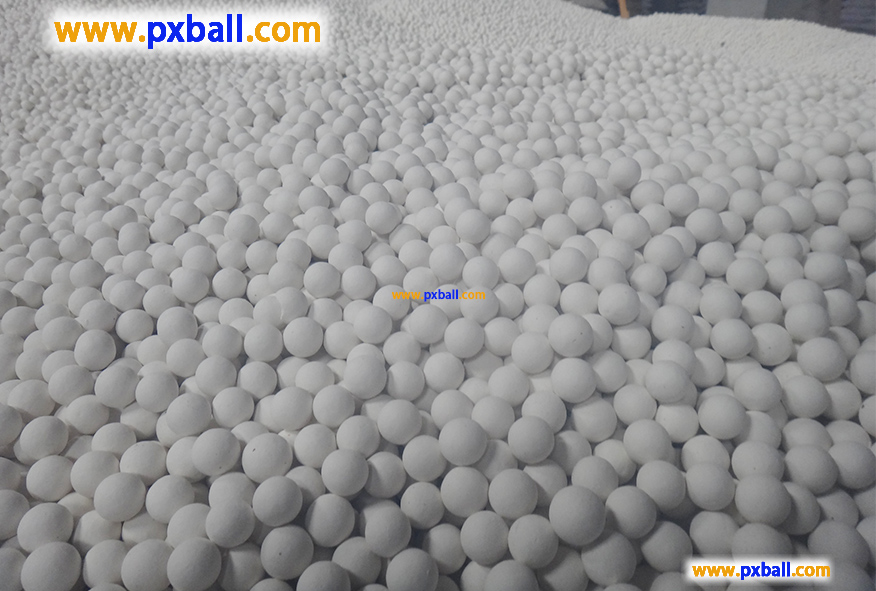
Catalyst Inert Ceramic Packing Process
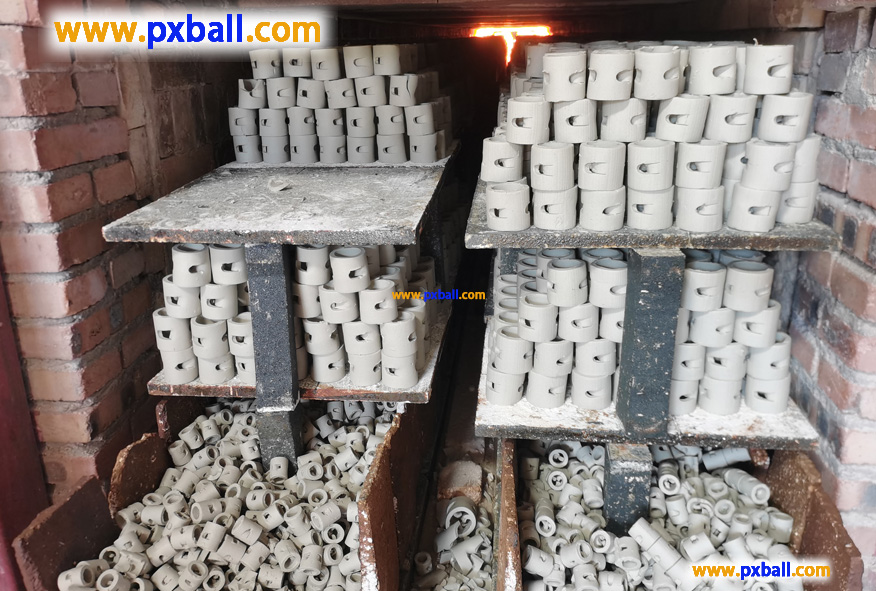
Is ceramic an inert waste?
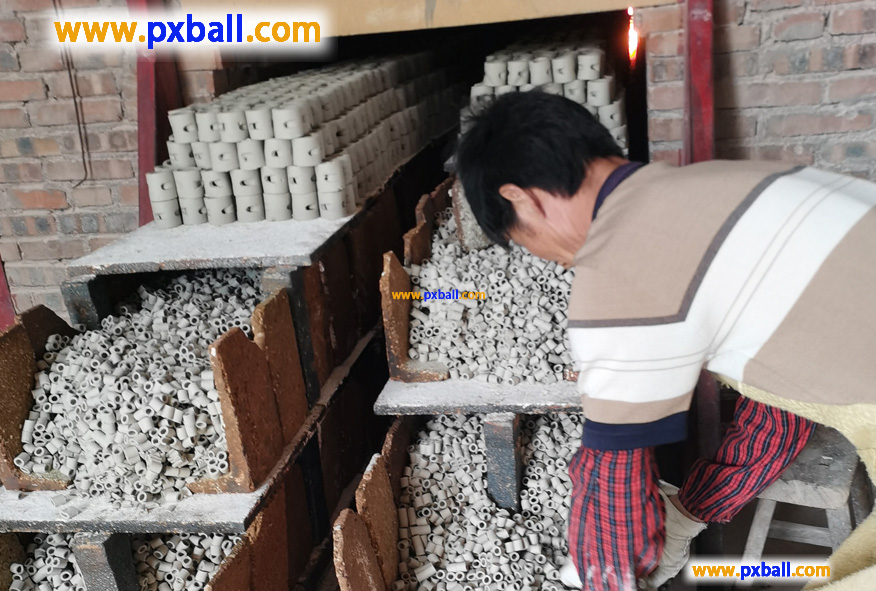
Are ceramics chemically inert?
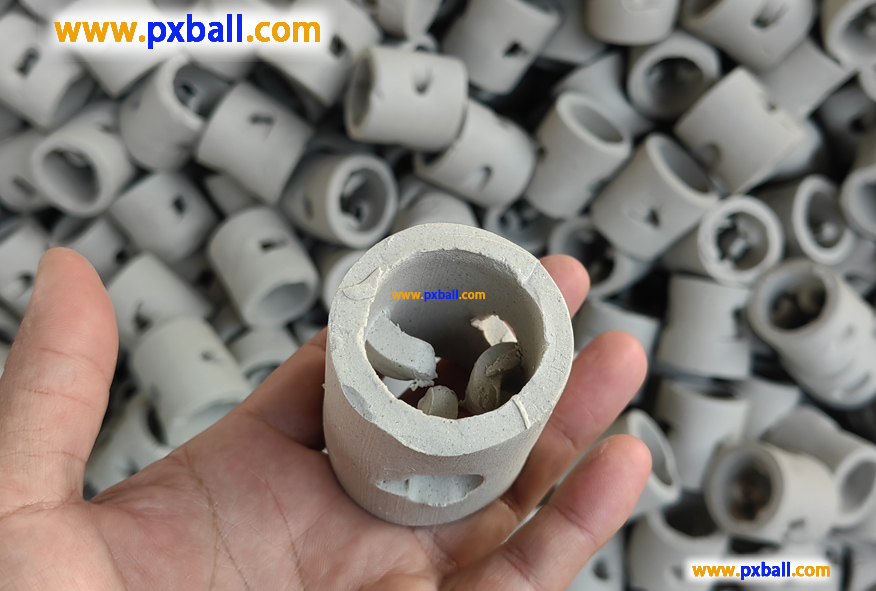
What is inert ceramics?

inert alumina ceramic ball density

Why do inert ceramic balls emphasize the level of aluminium content?
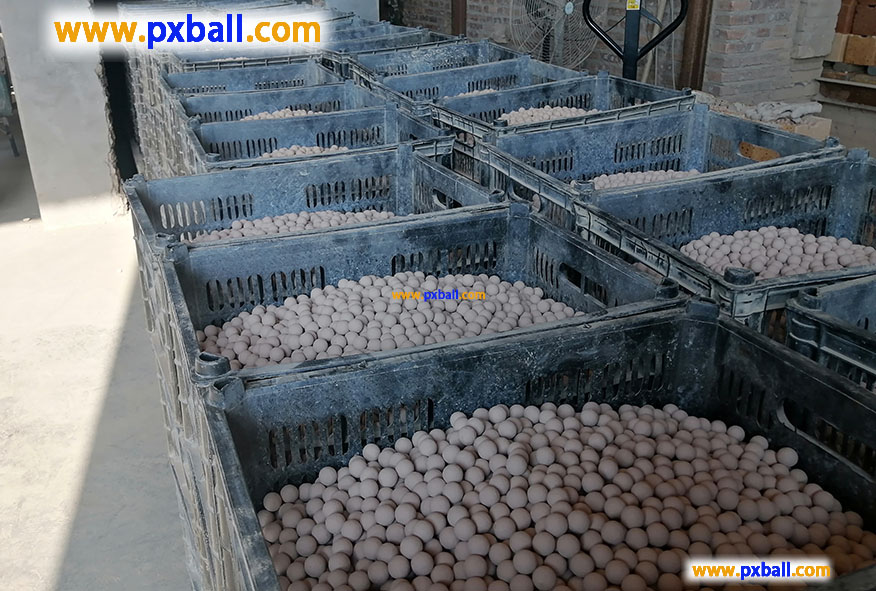
What are alumina ceramic balls used for?
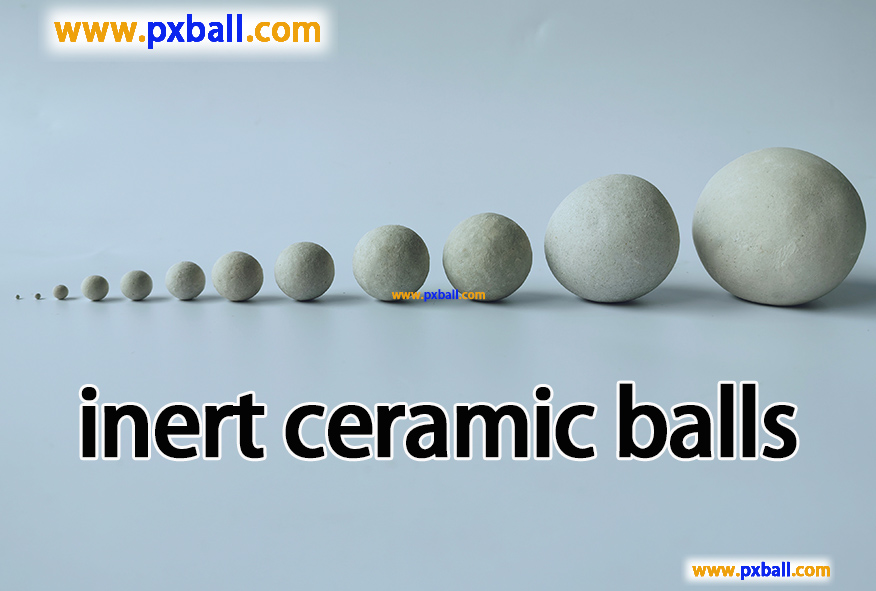
What is inert ceramic ball?